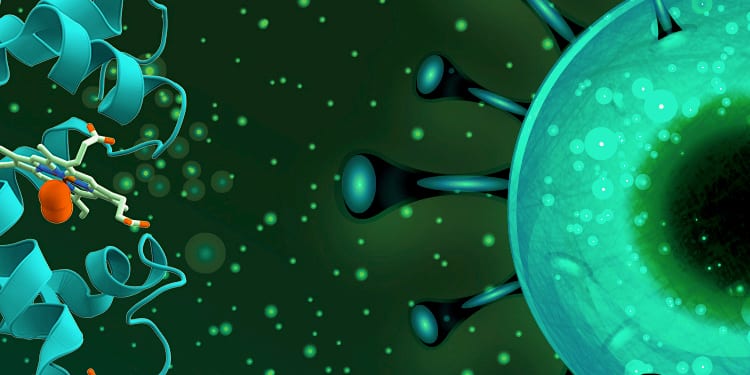In the last decade, hybrid materials research has experienced explosive growth due to its versatility, and organic-inorganic hybrid materials have the potential to dominate the development of advanced materials research. Researchers try creating smart materials with desired optical, electronic, thermal, chemical and mechanical properties from the best of biological, inorganic, and organic compounds. Hybrid materials open up several promising applications in many areas such as photonics, optics, electronics, energy, medicine and biology. These applications include controlled nanoparticle synthesis, sensors, hybrid detectors, nanoceramic-polymer composites for automobile and packing industries, smart membranes and separation devices, photocatalysts, photovoltaic cells, etc. Today the potential of hybrid materials is becoming a reality due to miniaturization and to the ease of achieving higher levels of sophistication. Computational modeling accelerated the discovery of hybrid materials by providing in-depth understanding at the interface between organics and inorganics and by reducing the experimental trials. Now research groups seek the help of computers to fast-track their research.
In a recent overview published in WIREs Computational Molecular Science, Sathish Kumar Ramakrishnan of Yale University and colleagues at the University of Montpellier discuss the recent progress in the field of organic-inorganic interface simulations and its application towards new material discoveries. This overview mainly focuses on the role of molecular simulations such as Density Functional Theory (DFT) and atomistic and coarse grain simulations in understanding the interactions at the interface between two molecules at different atomic scales. DFT calculation helps scientists understand electrical, optical, chemical and structural properties at the electronic level. With DFT, properties can be easily identified when modifying or doping an atom into the material and by examining its effect in interacting with another molecule.
DFT is computationally expensive, but it is accurate. Atomistic Calculations borrow parameters from DFT and approximate the interactions in large systems. Today, accurate force fields and software tools are available to accurately predict the nature of the interactions between two molecules. Coarse grain models can simulate larger systems with bigger approximation but have not yet reached the popularity of atomistic simulations. At present, atomistic simulations is the popular method to simulate hybrid materials. This overview provides written to provide essential tools for newcomers to start with—from the methods to simulate the interactions to the applications to be developed. With recent advancements, molecular simulations will become an essential tool for minimizing experimental trials.

















